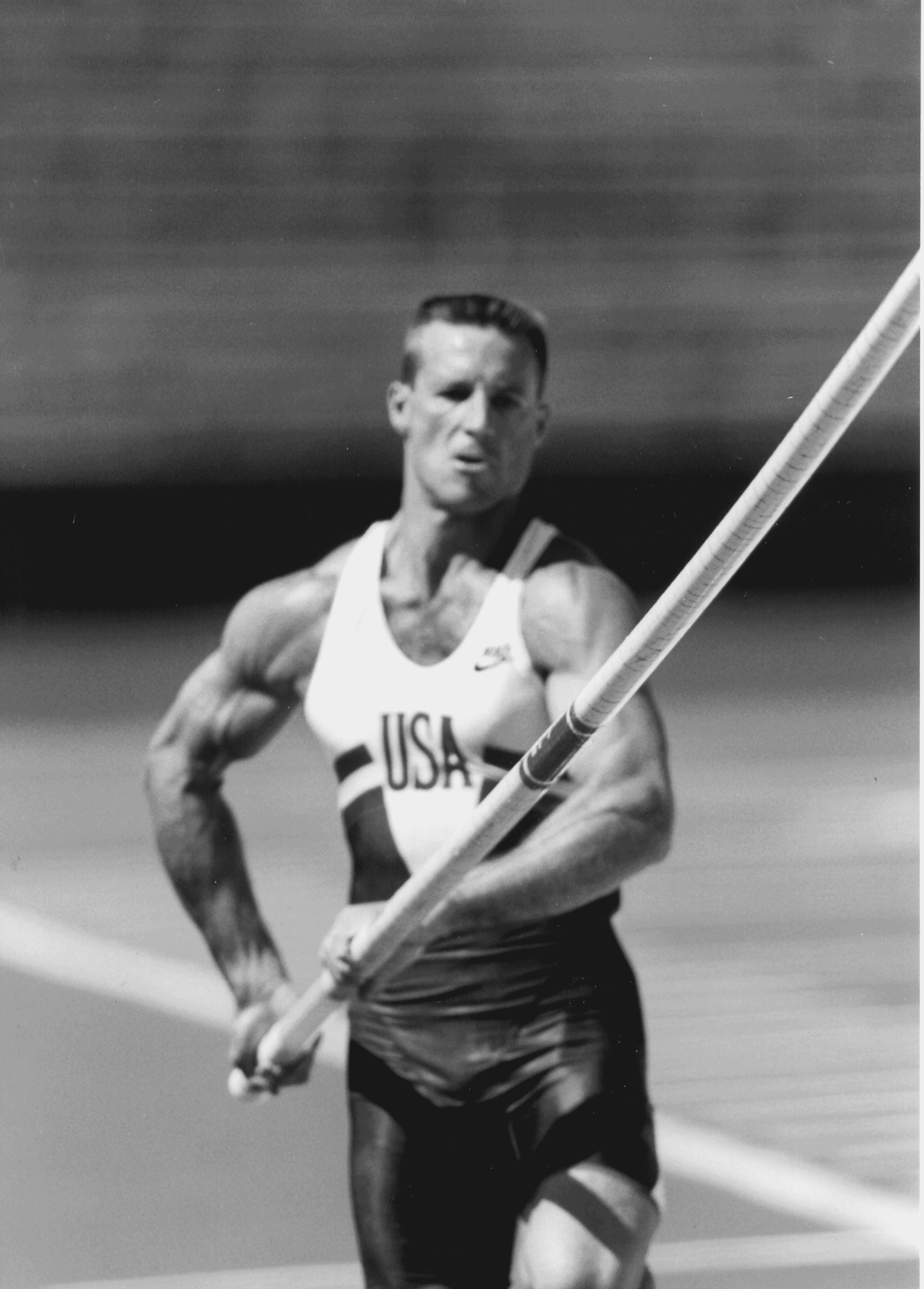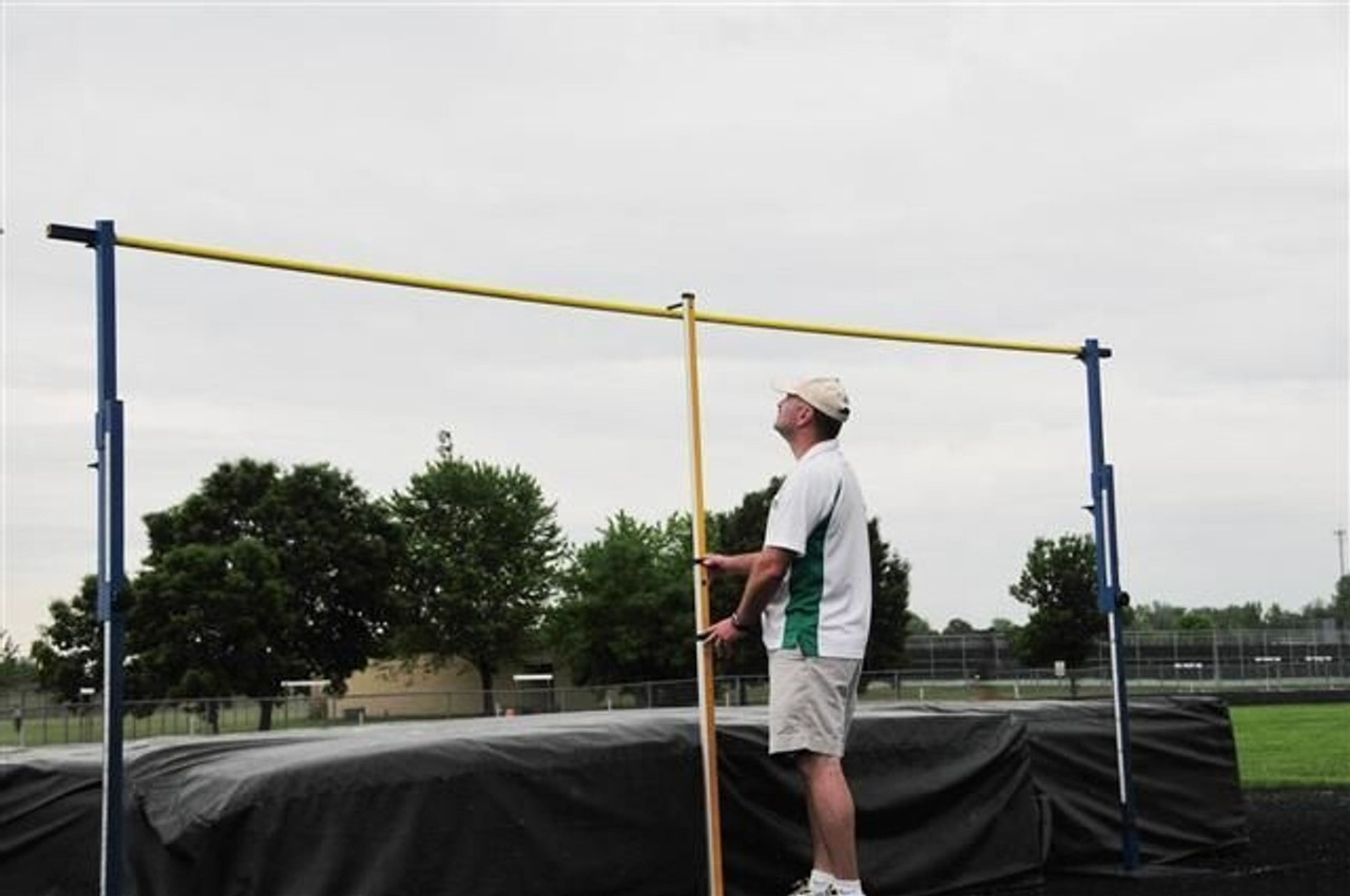The Psychology Behind Running Through in the Pole Vault
Discover the psychological factors behind the dreaded run-through in pole vaulting and learn expert strategies from top athletes and sports psychologists to overcome this common hurdle.
In the world of pole vaulting, the phenomenon of the run-through is a dreaded yet common occurrence that can affect athletes at all levels—from beginners to Olympic champions. Running through, where a vaulter aborts their attempt and runs past the planting box without taking off, is more than just a technical glitch; it is often a complex interplay of physical, mental, and emotional factors. This article explores the causes of running through and offers strategies to overcome it, drawing insights from top sports psychologists and elite pole vaulters.
Understanding the Run-Through
What is a Run-Through?
A run-through in pole vaulting occurs when a vaulter runs down the runway but, instead of planting the pole and attempting the vault, continues past the box without taking off. This can happen for various reasons, including technical errors, psychological barriers, or environmental conditions. Even elite athletes experience run-throughs, making it a universal challenge in the sport.
Causes of Run-Throughs
- Technical Issues: Missteps in the approach, incorrect grip on the pole, or poor timing can cause a vaulter to feel unprepared to jump, leading to a run-through.
- Psychological Factors: Fear, lack of confidence, or the pressure of competition can trigger hesitation and prevent a vaulter from committing to the vault.
- Environmental Conditions: External factors such as wind, surface conditions, or even the presence of a large crowd can contribute to a vaulter’s decision to run through.
Psychological Impact of Running Through
Running through can be more than just a frustrating experience; it can become a mental block that affects future performance. The fear of running through again can create a cycle of hesitation and self-doubt, leading to more frequent run-throughs.
Steve Hooker’s Experience
Steve Hooker, the 2008 Olympic gold medalist, famously struggled with run-throughs during the latter part of his career. After a series of injuries, Hooker developed a mental block that caused him to run through during crucial competitions, including the 2012 London Olympics. Reflecting on his struggles, Hooker said, “It’s been a really tough 12 months for me. I just haven’t felt confident, and that’s made it hard to commit to the vaults. The fear of failure, the fear of injury—it’s all played a part. But I’m working through it, trying to find that confidence again.”
Strategies to Overcome the Run-Through
1. Build Mental Toughness
Dr. Jim Afremow, author of The Champion’s Mind, emphasizes the importance of mental toughness in overcoming challenges like the run-through. “Mental toughness is believing you will prevail, no matter what the score is. It’s about having the mental strength to keep going when things aren’t going your way.”
Application:
- Resilience Training: Engage in exercises that build resilience, such as practicing under simulated competition conditions. This can help athletes get accustomed to performing under pressure.
- Growth Mindset: Adopt a mindset that views setbacks as opportunities for growth rather than as failures.
2. Visualization and Mental Rehearsal
Visualization is a powerful tool for preparing the mind for successful performance. Dr. Afremow explains, “See the success you want in your mind's eye before it happens in reality. Your brain can’t tell the difference between a vividly imagined experience and a real one.”
Application:
- Vivid Imagery: Regularly visualize successful vaults, focusing on the feeling of a perfect run-up, plant, and takeoff. Imagine clearing the bar with ease.
- Pre-Competition Routine: Include visualization in your pre-competition routine to mentally prepare for the event.
Renaud Lavillenie’s Experience
Renaud Lavillenie, the 2012 Olympic champion, has used visualization to overcome run-throughs caused by pressure. He noted, “It’s tough when you know you have the capability to win, but your mind doesn’t allow you to do it. I was thinking too much, trying to control everything, and that’s when the doubts crept in. You have to trust yourself, trust your preparation, and just go for it.”
3. Focus and Concentration
The ability to maintain focus and concentration is crucial for executing a successful vault. Dr. Michael Gervais, a high-performance psychologist, underscores this point: “The ability to focus on what’s important in the moment, to the exclusion of everything else, is what separates good from great athletes.”
Application:
- Attention Control Training: Practice focusing on specific aspects of the vault, such as the takeoff point or the grip on the pole. This can help in blocking out distractions.
- Routine Development: Develop a pre-vault routine that centers your focus and calms your nerves before each attempt.
Holly Bradshaw’s Experience
Holly Bradshaw, a British pole vaulter and Olympic finalist, dealt with run-throughs while adjusting to a stiffer pole. She shared, “It’s frustrating when your body is ready, but your mind is holding you back. I knew I needed to push through that mental barrier, but it’s easier said than done. The key is to stay patient and keep working on the small things that build your confidence.”
4. Managing Fear and Anxiety
Fear and anxiety are common causes of run-throughs, especially in high-pressure situations. Dr. Stan Beecham, author of Elite Minds, advises athletes to acknowledge fear but not let it control them: “Fear is a natural response, but it doesn’t have to control you. Learn to acknowledge it, but don’t let it dictate your actions. Great athletes use fear as fuel.”
Application:
- Breathing Techniques: Practice deep breathing exercises to manage anxiety and maintain calm before and during the vault.
- Positive Self-Talk: Use affirmations and positive self-talk to boost confidence and reduce fear.
Katerina Stefanidi’s Experience
Katerina Stefanidi, the 2016 Olympic gold medalist, experienced run-throughs early in her career. She reflected, “I used to get so frustrated when I couldn’t commit to a jump. It felt like my mind and body weren’t in sync. But over time, I learned that it’s part of the process. You have to trust your training and not let one bad day define you.”
5. Adaptability and Flexibility
External factors such as weather or runway conditions can lead to run-throughs. Being adaptable and flexible in your approach can help mitigate these issues. Dr. Ken Ravizza, a pioneer in sports psychology, emphasized the importance of preparation: “You can’t just hope to perform well under pressure; you have to prepare mentally for those moments. It’s about creating routines that put you in the right mindset.”
Application:
- Environmental Adaptation: Practice under various conditions, such as different wind patterns or runway surfaces, to build adaptability.
- Mindset Shift: Instead of fearing difficult conditions, view them as an opportunity to test and improve your skills.
Sandi Morris’s Experience
Sandi Morris, an American pole vaulter and Olympic silver medalist, struggled with run-throughs due to windy conditions at the 2017 Prefontaine Classic. She explained, “Sometimes the conditions just aren’t in your favor, and it’s easy to let that get into your head. I’ve learned that you have to be adaptable, stay positive, and remember that every vaulter is dealing with the same conditions. It’s about how you handle it.”
Conclusion
The run-through is a challenge that can be conquered with the right combination of mental and physical preparation. By building mental toughness, practicing visualization, maintaining focus, managing fear, and being adaptable, pole vaulters can overcome the hesitation that leads to run-throughs and achieve consistent success.
As Dr. Michael Gervais puts it, “The greatest victories are won in the mind first. If you can master the mental game, the physical game will follow.” For pole vaulters, mastering the mental game is the key to clearing higher bars, achieving personal bests, and overcoming the psychological barriers that can stand in the way of greatness.
By integrating these strategies, athletes can not only conquer the run-through but also elevate their performance to new heights.









